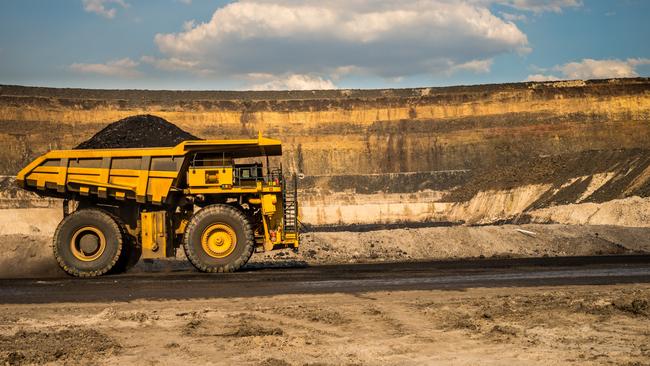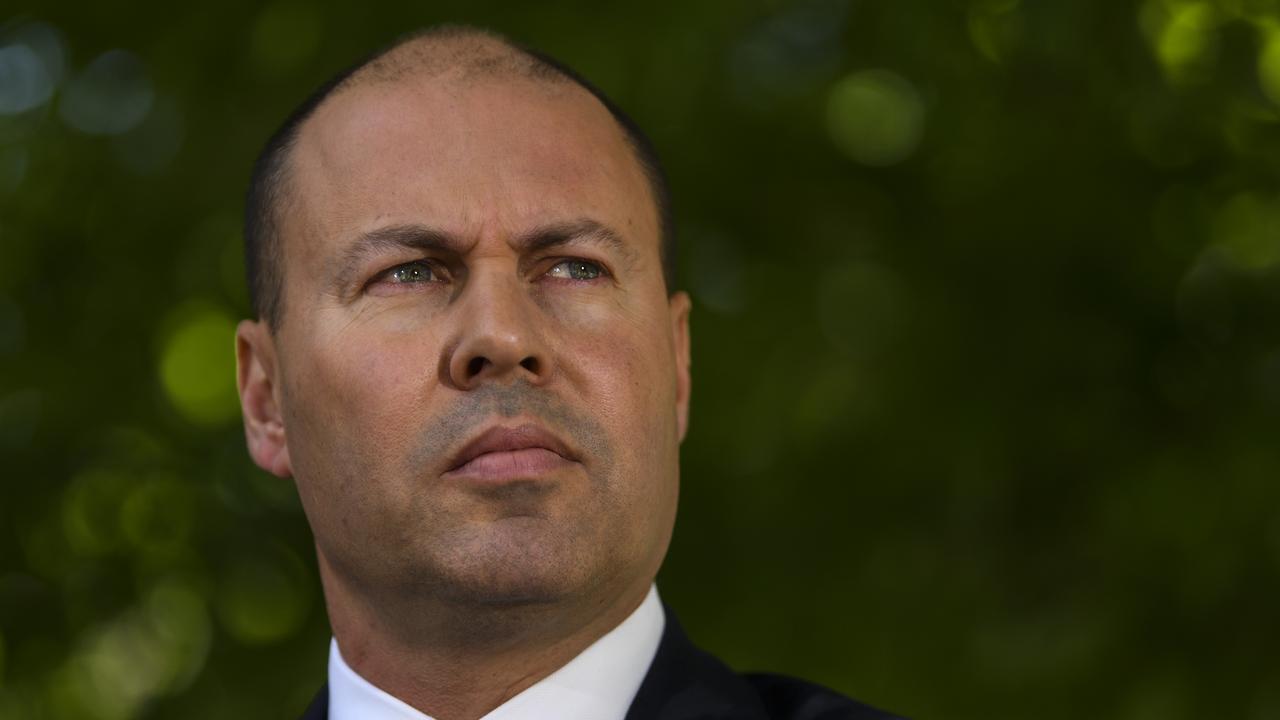The road to surplus is a slippery slope
Booming coal and iron ore markets are powering the return to surplus but the good times may not last.

Booming coal and iron ore markets are powering the return to budget surplus but the latest indicators of a growing slowdown in the Chinese economy are a warning good times may not last.
The budget update will show company tax rising almost 20 per cent, reaching about $100 billion this year, which would be about $8bn more than expected at the time of the May budget.
Soaring resource company profits are mainly responsible. The iron ore price has averaged $US68 a tonne compared with a budget forecast of $US55 while the price of coal for steelmaking has been almost double the budget forecast of $US120 a tonne.
While commodity prices have gone up, the value of the Australian dollar has gone down since the budget, from US77c to US72c, further boosting resource company profits and the national budget bottom line. The performance of exports will flow through to some of the key budget forecasts.
Both the national terms of trade (a measure of export prices compared with imports) and nominal GDP (the value of all goods and services produced) are being upgraded.
Treasury is likely to stick to its estimate that economic growth will average 3 per cent, despite the slowdown evident in the September quarter. But it will have to cut its estimate for wage growth, which it thought would reach 3.25 per cent next year.
The danger is next year’s election will repeat the error of 2007, with both parties promising tax cuts and spending that consume a large share of the surplus, only to see that surplus disappear in the face of a global downturn.
The closing weeks of 2018 have also brought financial market instability amid fears the Chinese economy is slowing more rapidly than expected.


